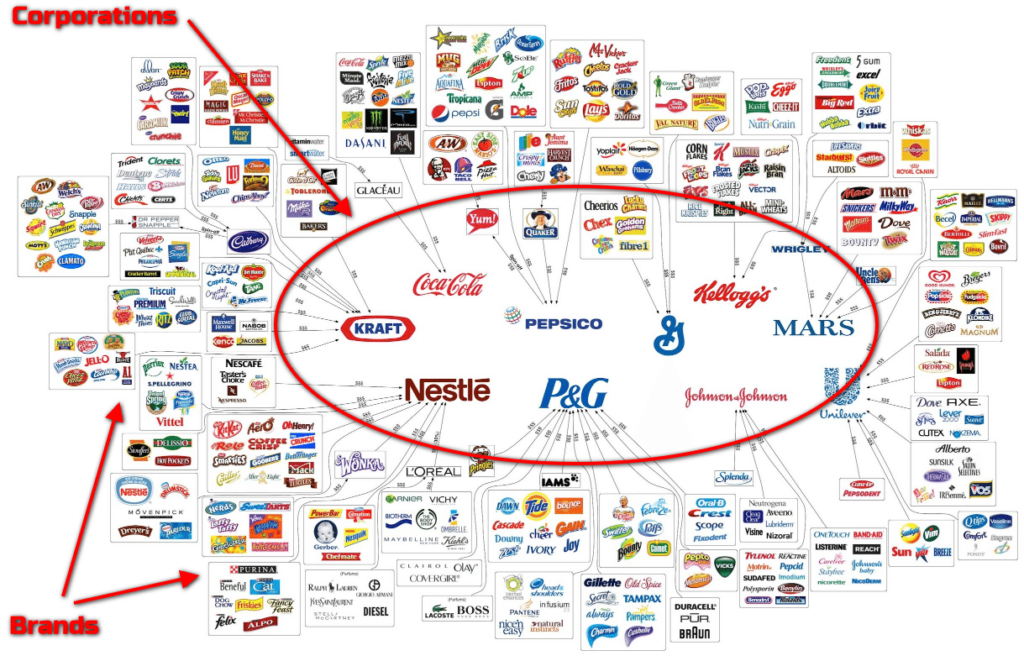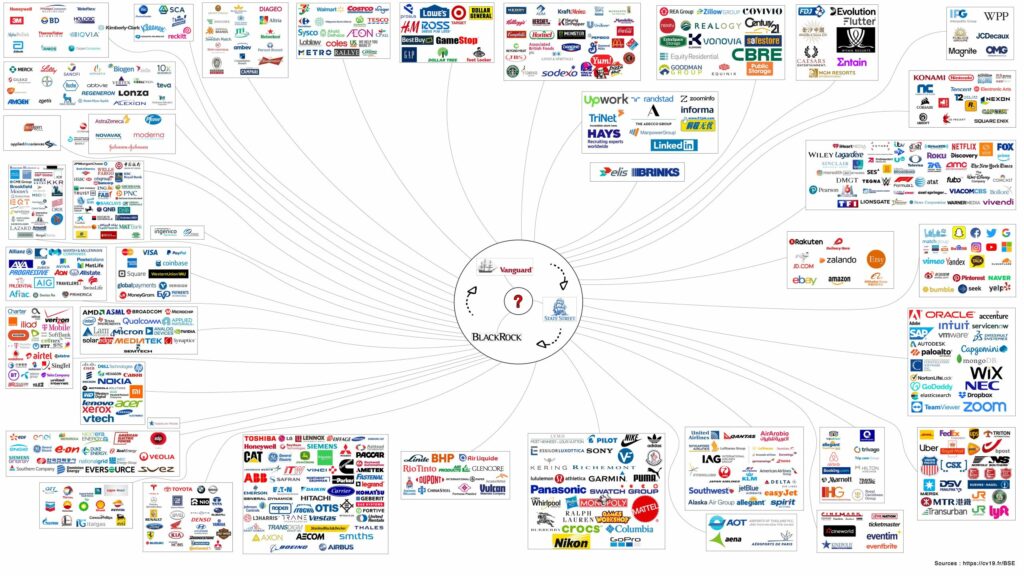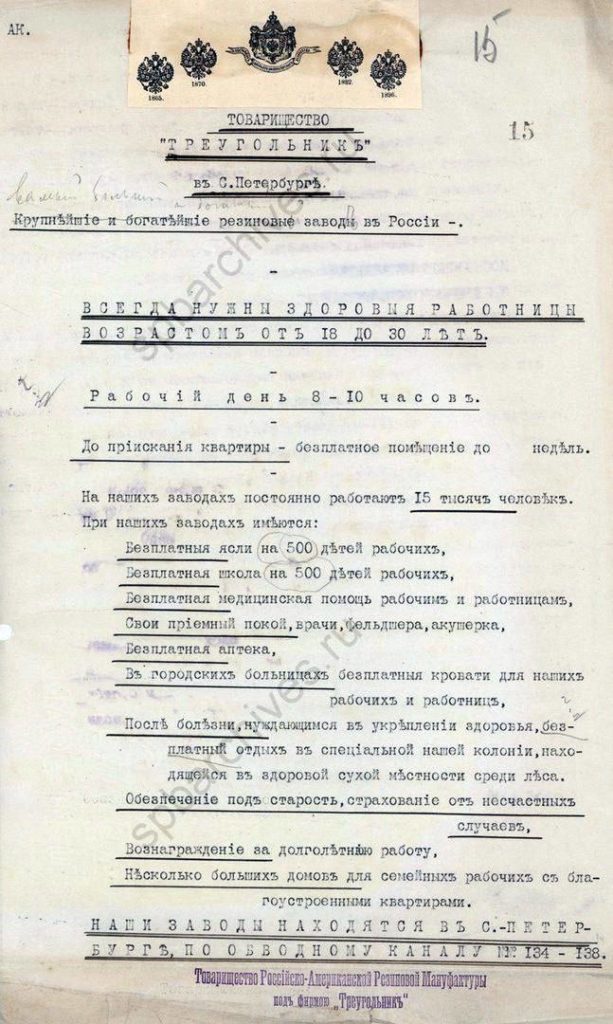Today is Ukraine “independence day”. It’s definitely a day of independence from common sense and brains for that forlorn territory…
The author of the “Fainting Piglet” satirical cartoons made an impromptu film for the occasion, citing as her inspiration an article with statistics from Free Press.
Here is what the author of the series said on her Telegram channel:
I made the video in one day, so there are bugs in it. And it was also very difficult to write a song in Ukrainian when you don’t speak it. But the goal was not so much a video as an advertisement for a very useful article that I would like you to read. An article about the degradation of Ukraine since its separation from the USSR. It specifically shows the degradation from the moment of the collapse of the USSR until 2016, so that they would not start shouting “we are degrading because you are bombing us.” No, Ukraine started rolling towards its grave much earlier.
I am grateful to the people who write such articles. This makes it much easier for me to search for information. Today, the lands of Ukraine are actively sold to foreign corporations not in order for the Ukrainians to live happily on them. The West does not give a damn about the population of Nezalezhnaya and its ecology. Almost every one of us has relatives, loved ones, friends or acquaintances living in Ukraine, so we DO care, but for the West we are all second-class people for whom there is not pity. It is a shame that Ukraine has not caught up on this yet. Therefore, when she celebrates independence day from Russian protection, it is like a patient in the last stage of cancer would happily celebrate oncology day.
As an aside, we would like to note that back in 2014 we published on the pages of this blog an article Two Ukraines – with a Statistical and Historical View at Novorossia, where there was a comparison of some of the statistics for the Ukrainian SSR anno 1990 and and Ukraine of 2013.
Ukraine vs. the Ukrainian SSR: Shocking statistics of the pogrom
by Svyatoslav Knyazev
After the collapse of the Union, Nezalezhnaya [translator note: a by name for “independent [Ukriane]” in Ukrainian] had every chance to become one of the most successful countries in Europe
The escape of European Ukraine from the “totalitarian Soviet hell” is going according to plan. As of late, it is difficult to surprise anyone with an analysis of the collapse of the Ukrainian economy compared to the “pre-Maidan” year 2013. But the topic of socio-economic changes that have occurred in Ukraine in comparison to the Soviet period has been undeservedly forgotten. So more the pity! After all, the main “scapegoat” enemy of Kiev today, along with Russia, is its – Ukraine’s – communist past. A separate law is dedicated to the fight against the spiritual heritage of the USSR (even the Russian Federation is not awarded such an “honour”). All Soviet symbols are officially banned. As of August 2017, a total of 2,389 monuments objectionable to the Kiev regime were demolished in Ukraine, most of which glorified the achievements of the Soviet era.
It is very curious that they decided to start an active war with the “spirit” of the USSR almost 25 years after its collapse and more than 30 years after Mihail Gorbachev began dismantling the classical Soviet system, when only those who were either just under or well over 50 remembered the real manifestation of domestic socialism. Until a new “desovietized” generation grew up, the authorities of the “Nezalezhnaya” did not dare to conduct such experiments…
I was prompted to write this material by a small note about the statements of the Ukrainian economist Sergei Korablin. This Doctor of Economics, professor and former director of the Monetary Market Analysis and Forecasting Department of the Ukrainian National Bank estimated back in 2015 that Ukraine had set an absolute global anti-record, showing the worst n planet earth GDP dynamics, managing to bypass even Zimbabwe and the Central African Republic. Having become curious about what I had read, I decided to find out what Ukraine had actually lost by seceding from the USSR and abandoning everything Soviet. This was helped by open data from the State Statistics Service of “Nezalezhnaya” and Ukrainian experts.
Given the complete uselessness of nominal GDP dynamics in the context of what we are investigating, I decided to look for data on changes in the level of gross domestic product of Ukraine at purchasing power parity. It is clear that this indicator is speculative to a certain extent, but it allows one to at least start from something.
Wikipedia, with reference to IMF data and taking into account extrapolated values, claims that by 1991 the GDP (PPP) of the Ukrainian SSR reached about 505.5 billion dollars. The indicator of independent Ukraine in 2016 is approximately 353 billion. The drop is over 30%. This is indeed an absolute world record. Zimbabwe’s similar figures for comparison over the same period are only 2-3%…
However, given the fact that the very methodology of calculating GDP (PPP) leaves some room for manipulation, I decided to look at how specific socio-economic indicators, which can be, figuratively speaking, “touched with one’s hands”, changed in Ukraine compared to the Soviet times: from sausage production and pig population to the number of schools and hospitals.
So, only dry figures, some of which I directly borrowed from the State Statistics Service of Ukraine, and some from tables collected by VOX UKRAINE on the basis of data from the same State Statistics Service.




